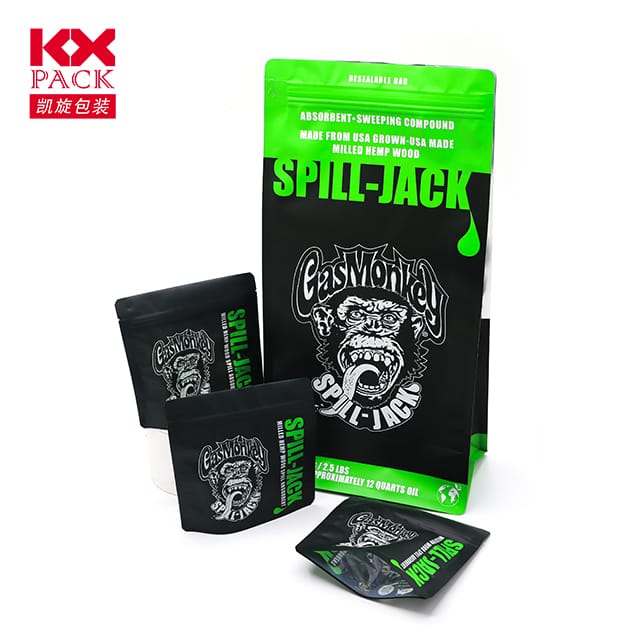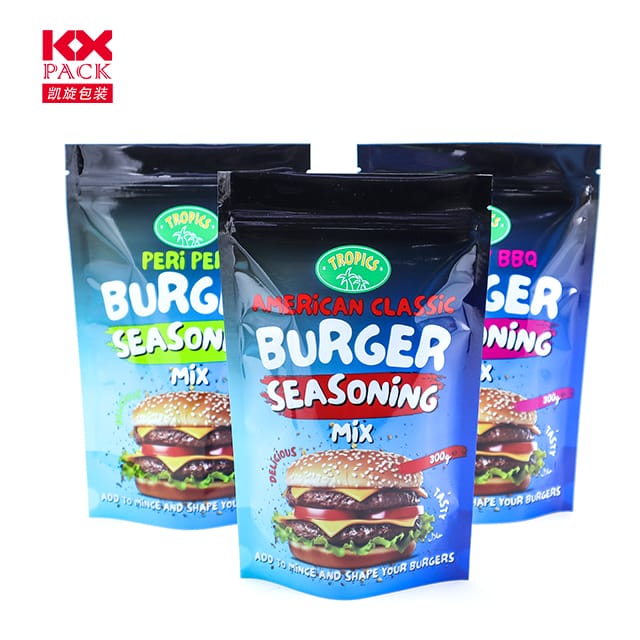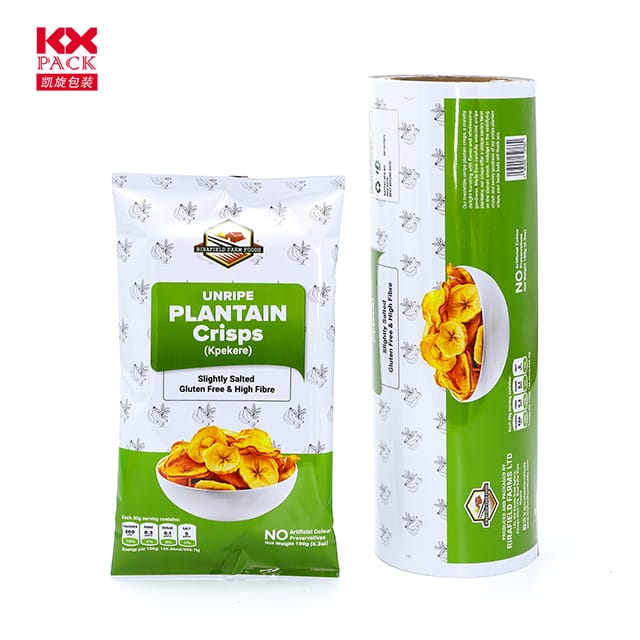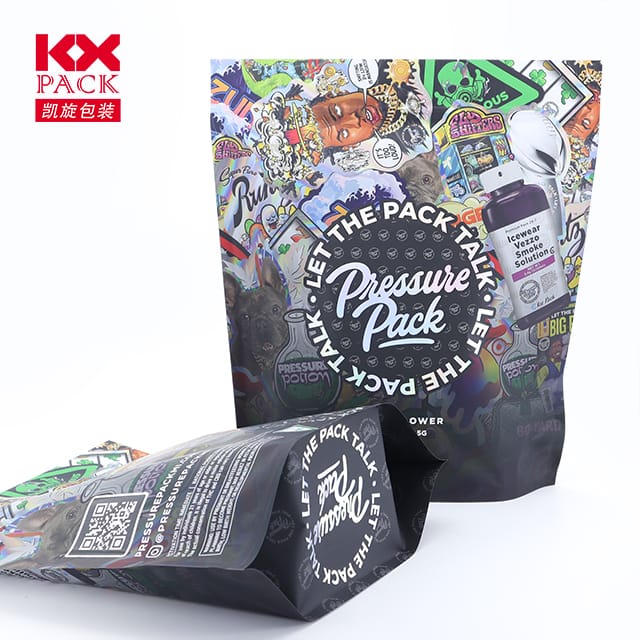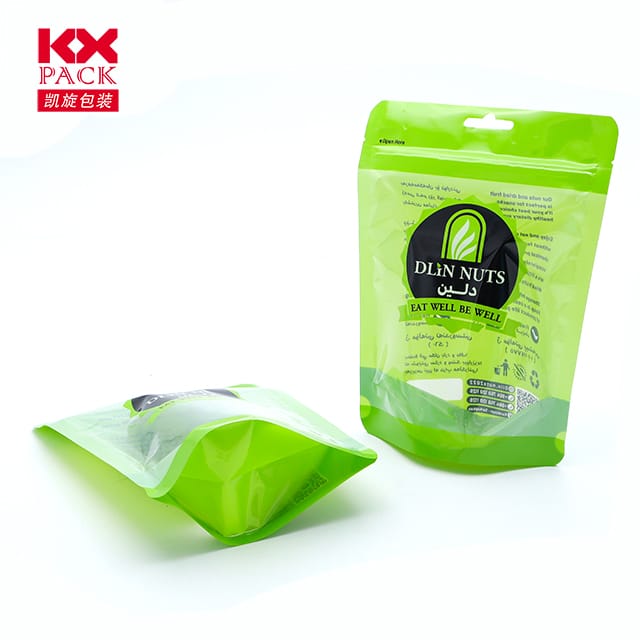Digitālās drukas filmas pasaules atklāšana: Pieteikumi, Pabalsti, un tendences
Digital Printing Film
In the fast-paced world of visual communication, digital printing film has emerged as a game-changer for businesses and creatives alike. Sākot ar uzkrītošo veikala grafiku līdz izturīgām produktu etiķetēm, Šis daudzpusīgais medijs apvieno vismodernāko tehnoloģiju ar praktiskumu. Nēsāsim tajā, kas padara digitālo drukāšanas filmu par obligātu rīku mūsdienu mārketingā un dizainā.
1. What is Digital Printing Film?
Digital printing film refers to thin, flexible plastic sheets (like PET, PVC, vai polipropilēns) coated with a printable surface. Unlike traditional inkjet papers, these films are designed to withstand outdoor elements, making them ideal for:
- Short-term promotions (Piem., sale banners, event signage).
- Product labeling (waterproof, oil-resistant stickers).
- Decorative applications (window graphics, wall murals).
- Industrial uses (membrane switches, control panels).
The magic lies indigital printing technology, which allows for on-demand, high-resolution designs without the need for printing plates or lengthy setup times.
2. Key Advantages Over Traditional Methods
Why are brands ditching screen printing for digital film? Here’s why:
| Funkcija | Digital Printing Film | Traditional Methods |
|---|---|---|
| Turnaround Time | 24–48 hours (no drying time) | Weeks (plating, setup) |
| Cost-Efficiency | Affordable for small batches | High setup costs for low quantities |
| Pielāgošana | Full-color gradients, fotografēt, variable data | Limited color options, no complexity |
| Eco-Friendliness | Solvent-free inks, recyclable materials | Harsh chemicals, more waste |
3. Top Applications Across Industries
- Mazumtirdzniecība & Advertising: Vibrant window clings, floor graphics, and hanging banners.
- Autobūves: Custom car wraps, decals, and protective films.
- Iepakojums: Durable labels for food, kosmētika, and electronics.
- Architecture: Decorative wall films and privacy screens.
- Veselības aprūpe: Sterilizable labels for medical devices.
Case Study: A coffee chain used digital film to create seasonal window graphics, boosting foot traffic by 30% during holiday campaigns.
4. Choosing the Right Film Type
Not all films are created equal. Key factors to consider:
- Materiāls:
- PET: Spīdīgs, scratch-resistant (best for outdoor use).
- PVC: Flexible, conformable (ideal for curved surfaces).
- Polipropilēns: Matte finish, rentabls (indoor signage).
- Adhesive: Permanent, removable, or repositionable glue.
- Biezums: 3–5 mil for stickers; 5–8 mil for durable outdoor signs.
- Finish: Gloss, matte, or textured for tactile appeal.
5. Future Trends to Watch
- Ilgtspējība: Biodegradable films and water-based inks.
- Gudras filmas: Interactive prints with QR codes or NFC tags.
- UV-Cured Printing: Instant curing for faster production.
- 3D Textures: Embossed effects mimicking leather or fabric.
Market Insight: The digital printing film market is projected to grow 6.8% annually through 2030, driven by eco-conscious branding and short-run customization needs.
6. Best Practices for Success
- Design for Bleed: Leave 1/8” extra space to avoid white edges after trimming.
- Test Samples: Order a small batch to check color accuracy and adhesion.
- Lamination: Add a matte/gloss overlay for extra UV protection.
- Work with Experts: Partner with a supplier offering color profiling and material certification.
Secinājums
Digital printing film isn’t just a material—it’s a bridge between creativity and practicality. Whether you’re a startup needing affordable signage or a Fortune 500 company revamping product labels, this technology delivers speed, elastība, and stunning visuals.
Ready to transform your next project? Explore the endless possibilities of digital printing film today! 🖨️✨

